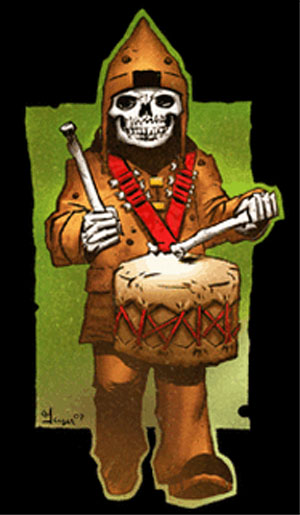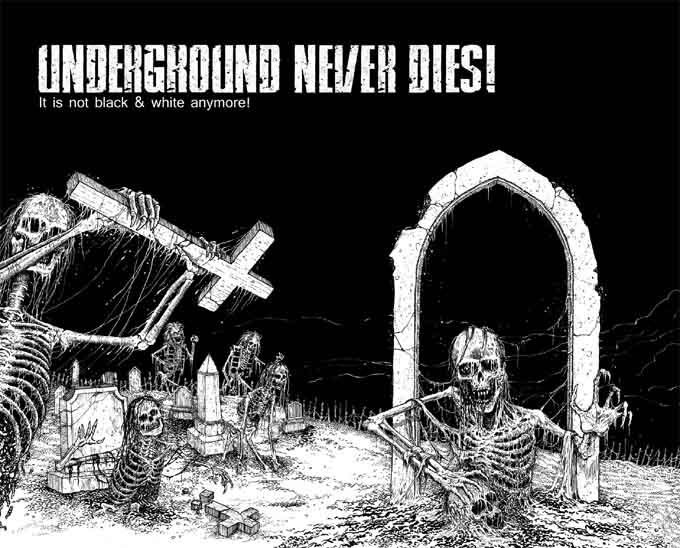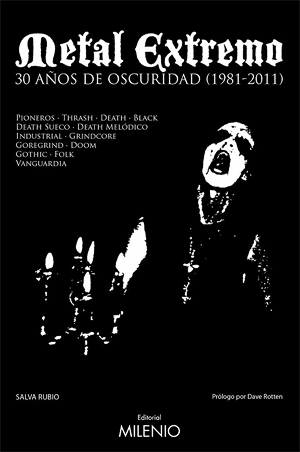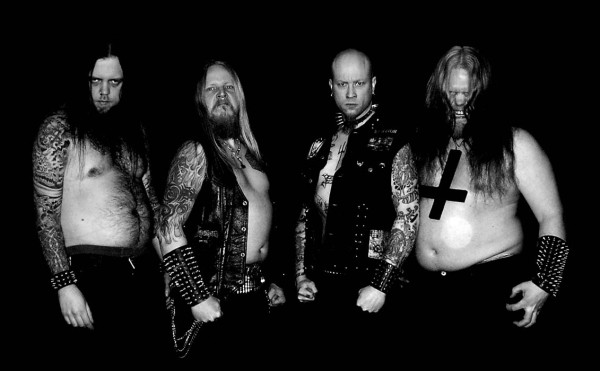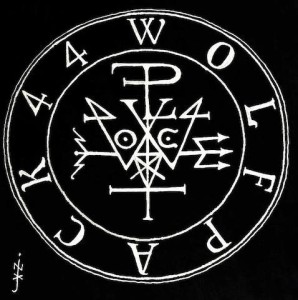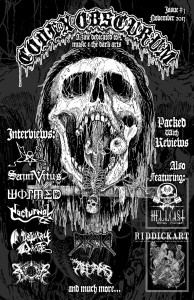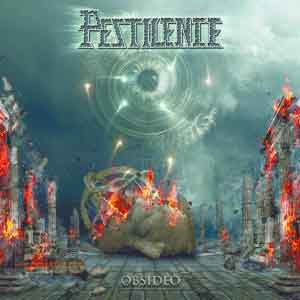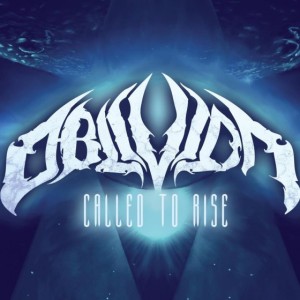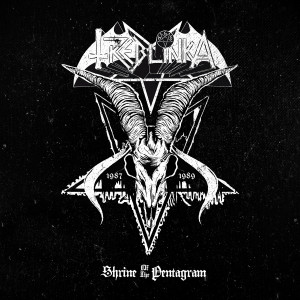 Back in the hazy days of the 1990s, when society was so innocent it thought it could overcome its problems with better television, Tiamat showed up on the radar screens in a big way.
Back in the hazy days of the 1990s, when society was so innocent it thought it could overcome its problems with better television, Tiamat showed up on the radar screens in a big way.
Basically staying away from bands of its nature, which struck me as more of older styles of metal than death metal, I never fully investigated the band until Clouds. My response was to withdraw in horror. Not only did Tiamat exude older metal, it also exuded rock, specifically the sensitive man alternative college radio kind!
However, I was alone in this opinion. Others praised Tiamat and said it was the future of death metal; this opinion seemed to be very popular at the time. People told me I just didn’t get its evil aura, and were incensed that I found the band laughable. This was the true Swedish metal, I was told, not the washed-out stuff like Entombed.
I was a false, in other words, and I should not have entried.
That copy of Clouds I ditched in the radio station office and left it to the ravages of time. It may still be there. Tiamat dropped off the radar a half-decade later. I never understood why I didn’t like this band until now, having heard Shine of the Pentagram.
I’ll get the blasphemies out of the way: this band is in many ways a prototype for Opeth. Where most Swedish death metal got its strength from hardcore roots, or deep metal roots, Opeth and Tiamat (originally called Treblinka, an innocent usage that was later changed to respect the victims of that place) derived their worldview from rock music. Specifically, indie-rock sensitive-man music, which emphasizes dark and self-pitying moods that have a spirit of uplift in them. Sort of like someone trying to rationalize himself out of depression at the fact that his society and species are failing. Even more, the furthest both bands get into death metal is heavy metal, and the more they try to make it deathy, the worse it fails.
On the plus side, Shrine of the Pentagram shows Tiamat/Treblinka in their earliest state, when they were still producing music that was essentially NWOBHM with an indie-rock vibe as played by Grotesque or a band like them. These riffs and fills are straight out of the glory days of NWOBHM, and the chorus-emphatic songs reflect the stadium rock aspects of that genre. Even though Treblinka have doubled the strumming speed and kicked the drums into battle, this just isn’t death metal. The riffs are old school heavy metal and radio rock; the song pacing, more like a college station. And the moods? Sort of playful, sort of dark, but mostly, self-absorbed, which is the one thing death metal was not.
In other words, this is probably the best material from Treblinka (Tiamat) that you’re likely to ever hear. And it’s done well. The songs here are poppy and high-energy, and if a bit ego-focused at least do so in the inexpert way of teenagers. The musicianship is good, even if the band insists on breaking up songs with out of place percussion drops, blues parts, and melodic interludes that seem to lose momentum.
Production is excellent, all things considered. These originals must have been of horrible sound, and they’re cleared up expertly, such that you don’t notice how bad the originals must have been until there’s one sound like a simultaneous backstage shout and snare hit that shows how much chaos was cleared away. The demos and live material complement each other, showing the growth of the band. Packaging also promises to be really excellent.
Especially if you get the 5-LP version, as opposed to the 3-CD “abridged” version, it’s imperative that you like the dozen songs represented here. Because you’re going to hear them a lot. There are five LPs, and a dozen (or so) songs, which means near constant repetition. Even more, you will hear them in a half-dozen flavors of demo, live, studio instrumental and other visions of the same material.
I had hoped to rediscover a lost treasure here, and I’m sad to say I haven’t. Tiamat has three problems: (1) it’s rock music, not metal (2) while it’s fun, it isn’t particularly repeat-listenable and (3) it misses out on the metal mood and goes to a bad place instead. However, I can’t fault this set for getting to the core of the situation and producing a high quality product for those who love this band. And maybe, I’m just a false and should not entry.
4 CommentsTags: Heavy Metal, tiamat, treblinka
